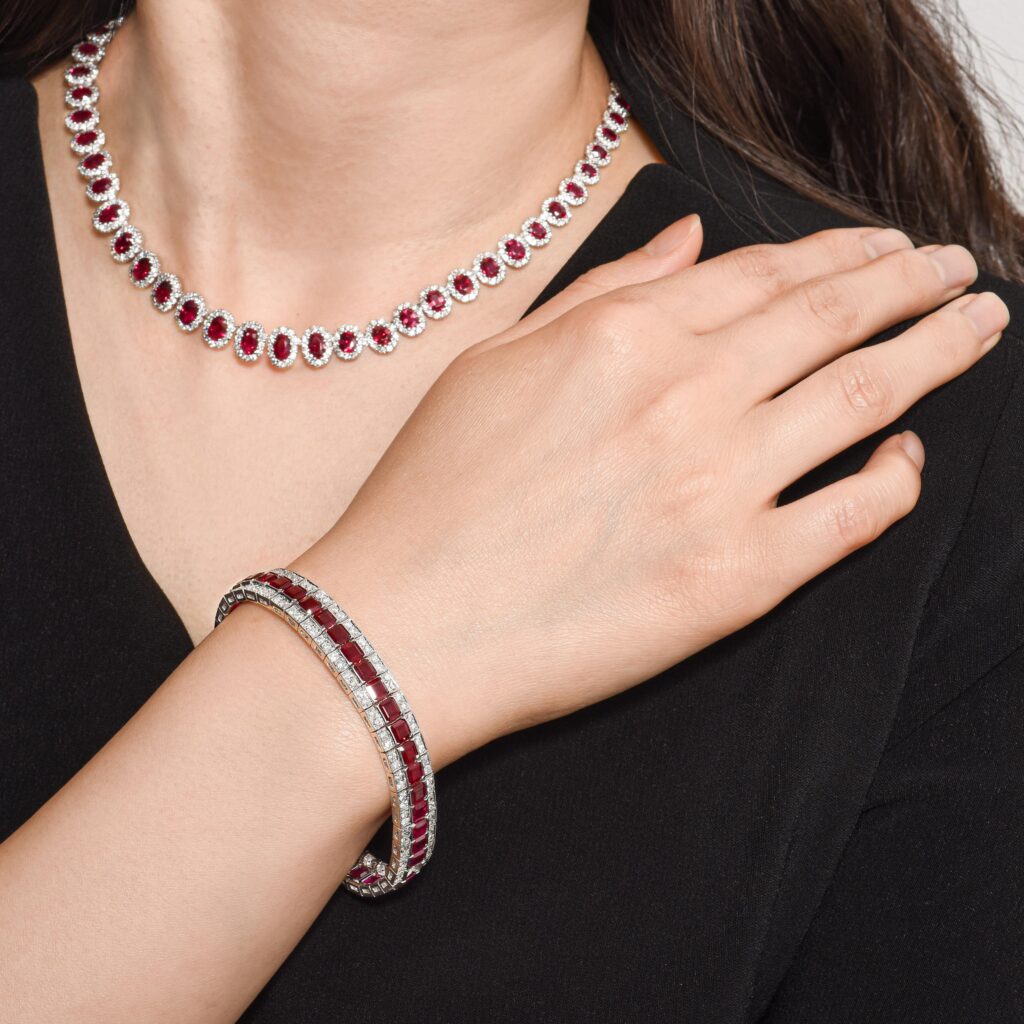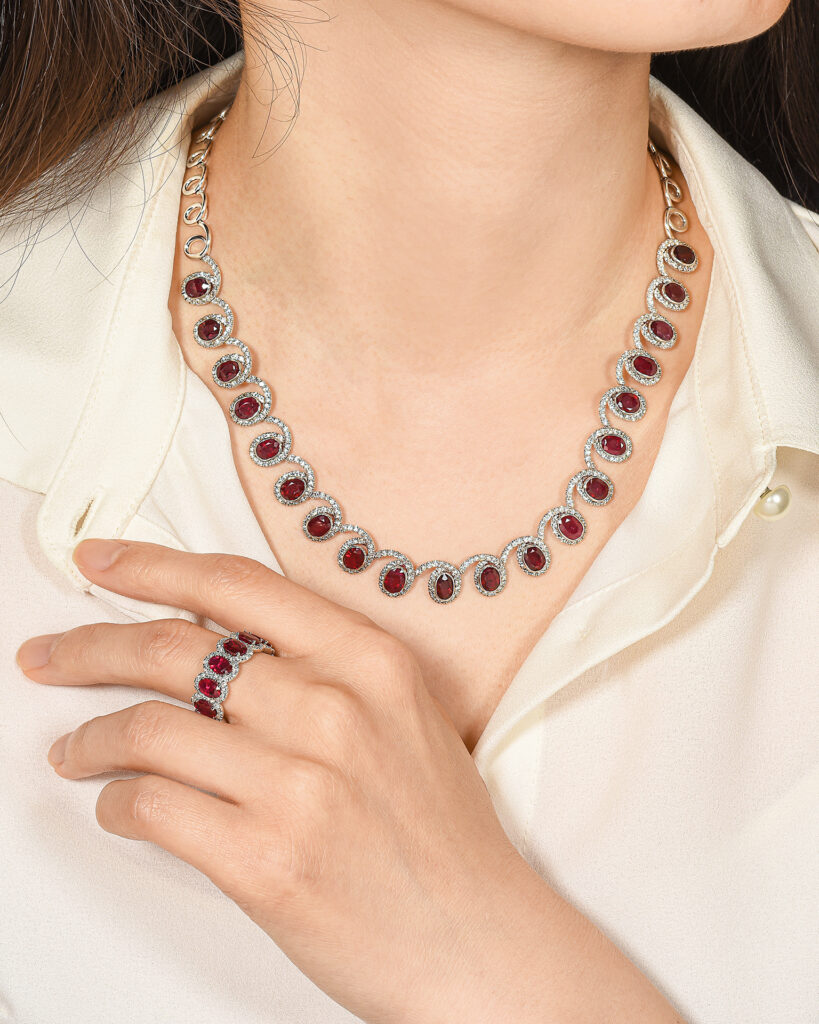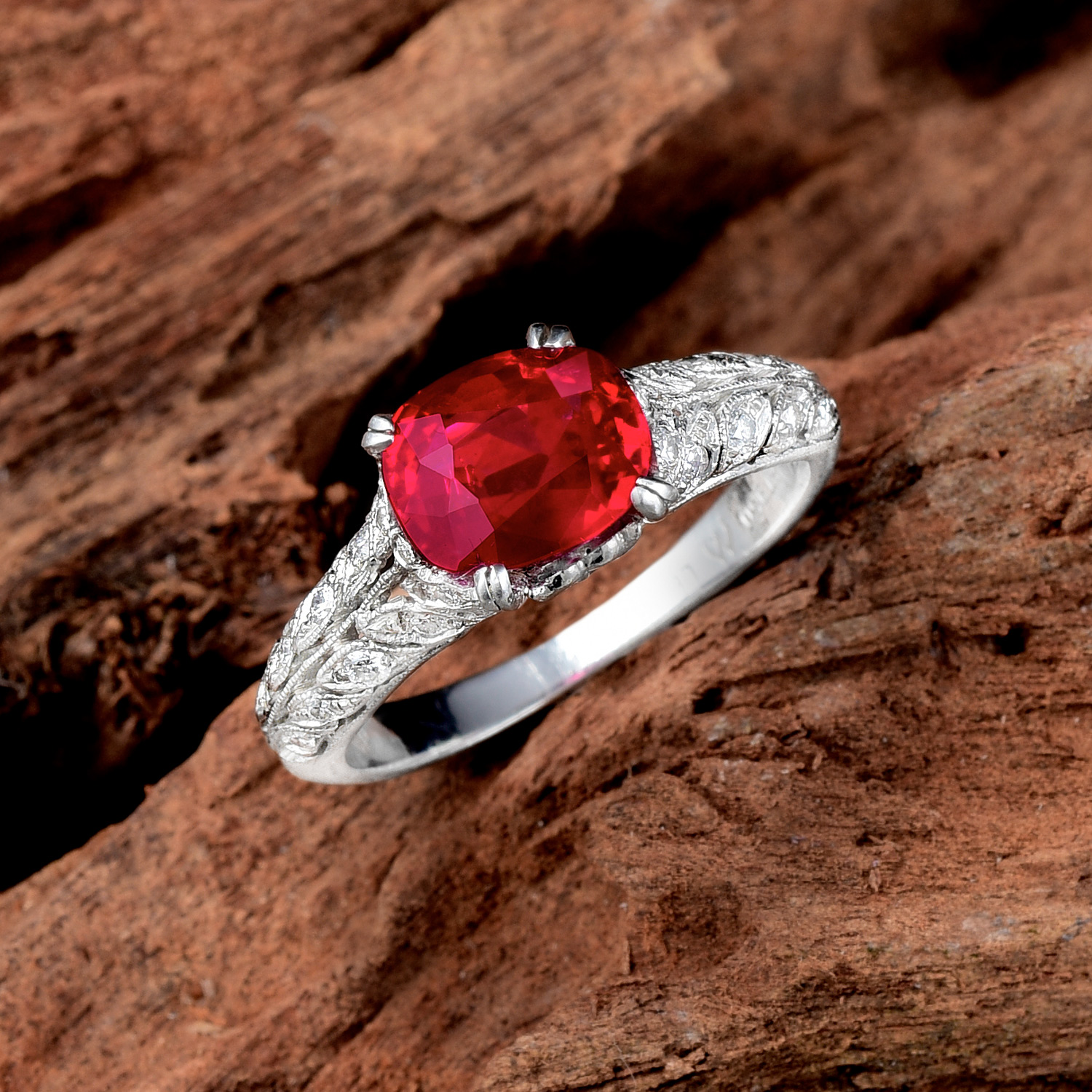
The Value of Rubies
Rubies are among the most popular and historically significant gemstones used in jewelry—documented to have been transported and traded along the North Silk Road of China as early as 200 BC. Rubies have always been held in high esteem in ancient Asian cultures, and with the emergence of Western culture, the gemstone was often associated with medieval European royalty as a symbol of their wealth. With varying shades of red, rubies are still prized today for their hardness and vividness. The most in-demand rubies are among the most expensive gemstones.
Are Rubies Rare?
Some rubies are rarer than diamonds and are amongst the rarest gemstones in the world. Large, deep red rubies of gemstone quality, for example, are very scarce, as are Burmese rubies. However, smaller rubies that have been treated or lab-grown are not rare at all.
Where Are Rubies Found?
Rubies have historically been mined in South Asia. For many hundreds of years, Burma — now known as Myanmar — was where most of the world’s rubies were found. Today, rubies from this region are rarer, but the gemstones are still mined in the area as well as in Afghanistan, Sri Lanka and Pakistan. Some rubies have even been found in the United States.
Burmese rubies are among the finest and rarest stones in the world. Prized for their deep red color, the importation of the stone was actually banned in the US until 2017 to put pressure on the Myanmar government. The ban was lifted in 2017 and so the demand for beautiful jewels such as this Very Fine Burmese Ruby and Diamond Bracelet from FORTUNA’s upcoming November Jewels & Watches sale, has been revived. The beautiful accessory has a cumulative Burmese ruby carat weight of 18.30 carats and is being offered Thursday, November 5th, for a starting bid of $20,000.
What Color Ruby Is Most Valuable?
The red color of rubies is caused by the presence of chromium in the gemstone, and it is the characteristic that affects the gemstone’s value the most. A ruby’s red shade can range from a vibrant red to deep red, and even orangey to purplish red. Rubies with the purest red color and no treatments command higher prices, while the most desirable rubies are those that exhibit a very deep red and slight purple tinge. This color is known in the industry as “pigeon’s blood” and is exceptionally rare and sought by collector’s worldwide.
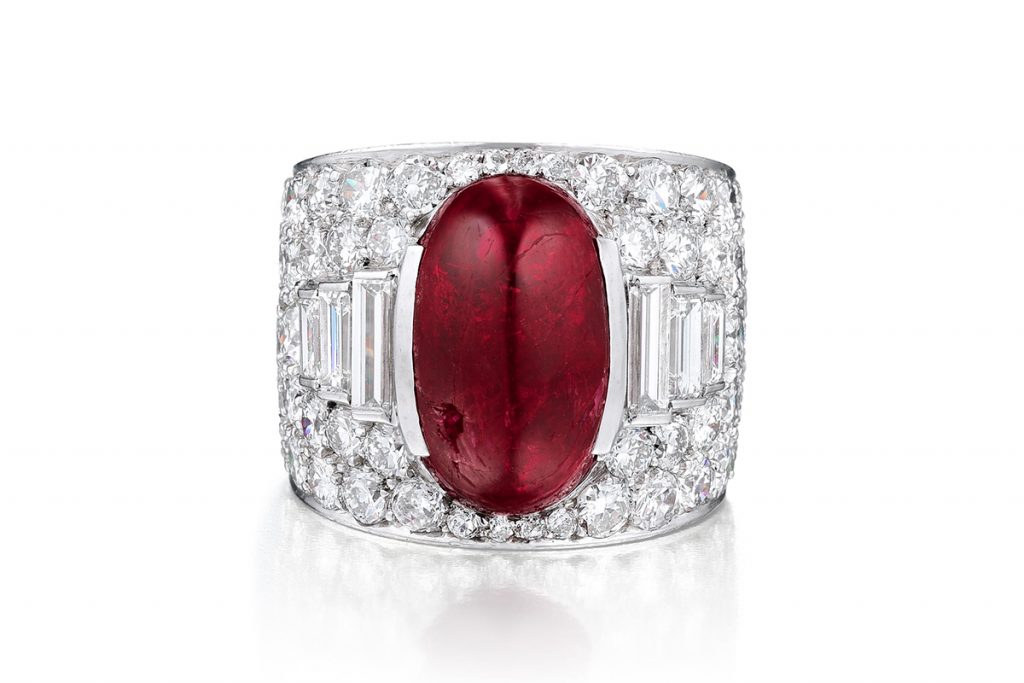
What Are the Quality Factors in a Ruby?
While a ruby’s color might be the primary factor a collector considers when contemplating value, there are multiple characteristics to be aware of before investing in ruby gemstones:
- Color: A natural, untreated, and deep color is most prized. Rubies that are too light or dark or have orange undertones do not command the same high prices, but they do have enthusiasts.
- Size: Larger gemstone-quality rubies are higher in value than their smaller counterparts. Natural, untreated gemstone-quality rubies over 1 carat are already quite hard to come by, and can command high prices.
- Inclusions: Any inclusions that affect the brightness of the ruby or are visible can significantly reduce value. While almost all rubies have some inclusions, fewer inclusions and less-visible ones improve value.
- Asterism: Some rubies have a “star effect,” which can create a unique look and even soften the color. Depending on the cut and appearance, this can increase or decrease value.
- Fluorescence: Rubies fluoresce and seem to “glow” in some light. This fluorescence can affect the way the ruby appears in daylight, and in turn, its market value.
- Custom cut and recut: Rubies that have been commercially cut or native cut in the country where they were mined are worth less than recut or custom-cut gemstones sent to experienced cutters. In general, cuts that highlight the beauty of the ruby, minimize any inclusions and maintain as much size as possible are the most valued.
- Origin: Burmese rubies are considered the most valuable. A small percentage of them are known to possess a deep, almost purple color known as “pigeon’s blood red” and have significant fluorescence, making them appear to glow even in daylight. Mogok and Sri Lankan rubies are also highly valued.
Selling and Buying Rubies
Whether you want to sell an heirloom ruby ring or purchase some fine pieces for your collection, FORTUNA can help. Our auction specialists possess decades of experience evaluating ruby jewels and identifying key characteristics that can enhance its market value. As an auction house with fine jewelry sales all year round, we have had the honor of selling some of the finest ruby jewelry imaginable, and are especially attuned to the global market trends specific to colored gemstones.
If you’d like to sell a ruby, contact FORTUNA today for a free, no-obligation valuation. You can also browse our upcoming auctions to find some of the best one-of-a-kind pieces on the market.
FORTUNA’s upcoming November Jewels & Watches sale includes a variety of ruby jewels in various price ranges, with more lots being added every week until the sale! Pre-bidding has already begun, but be sure to check in for more lots before the sale goes live, Thursday, November 5th, at 11 AM EST.
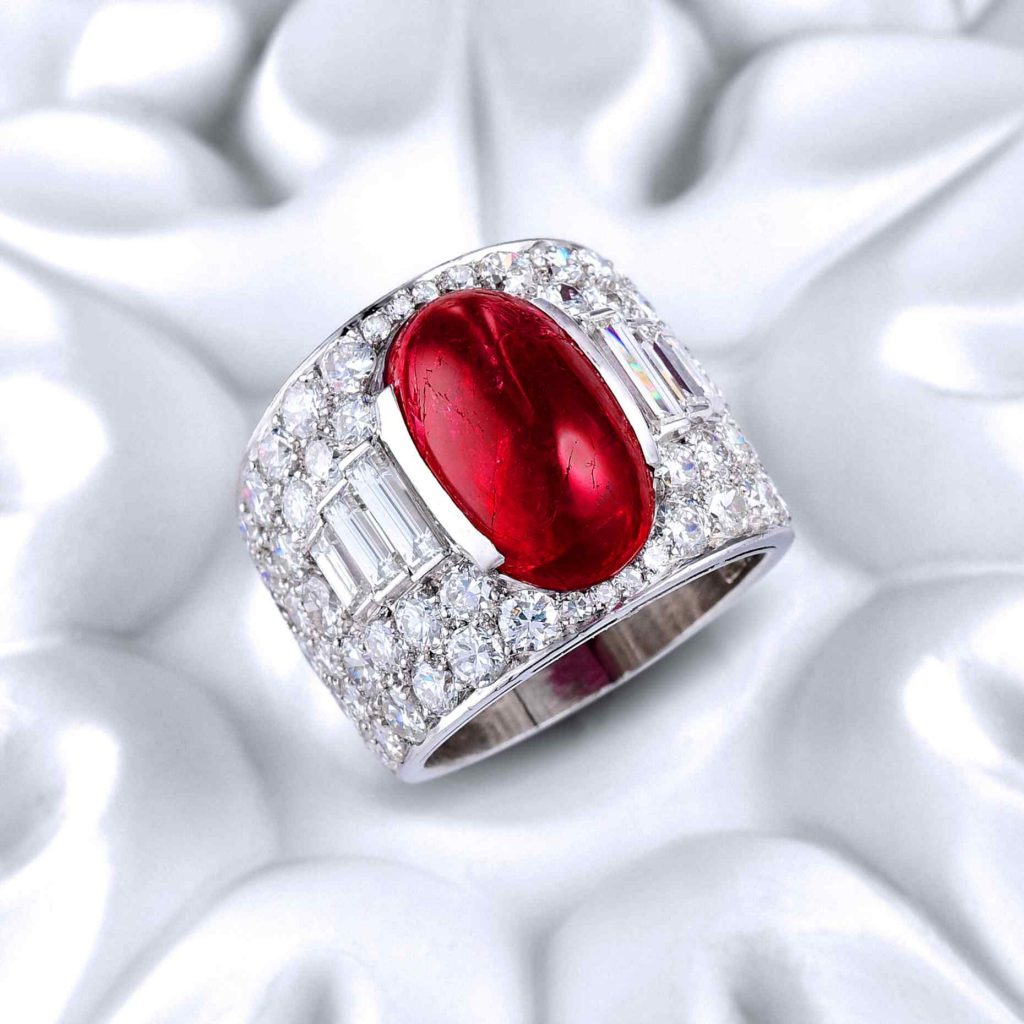
Bulgari Burmese Ruby & Diamond “Trombino” Ring, achieved $28,125. 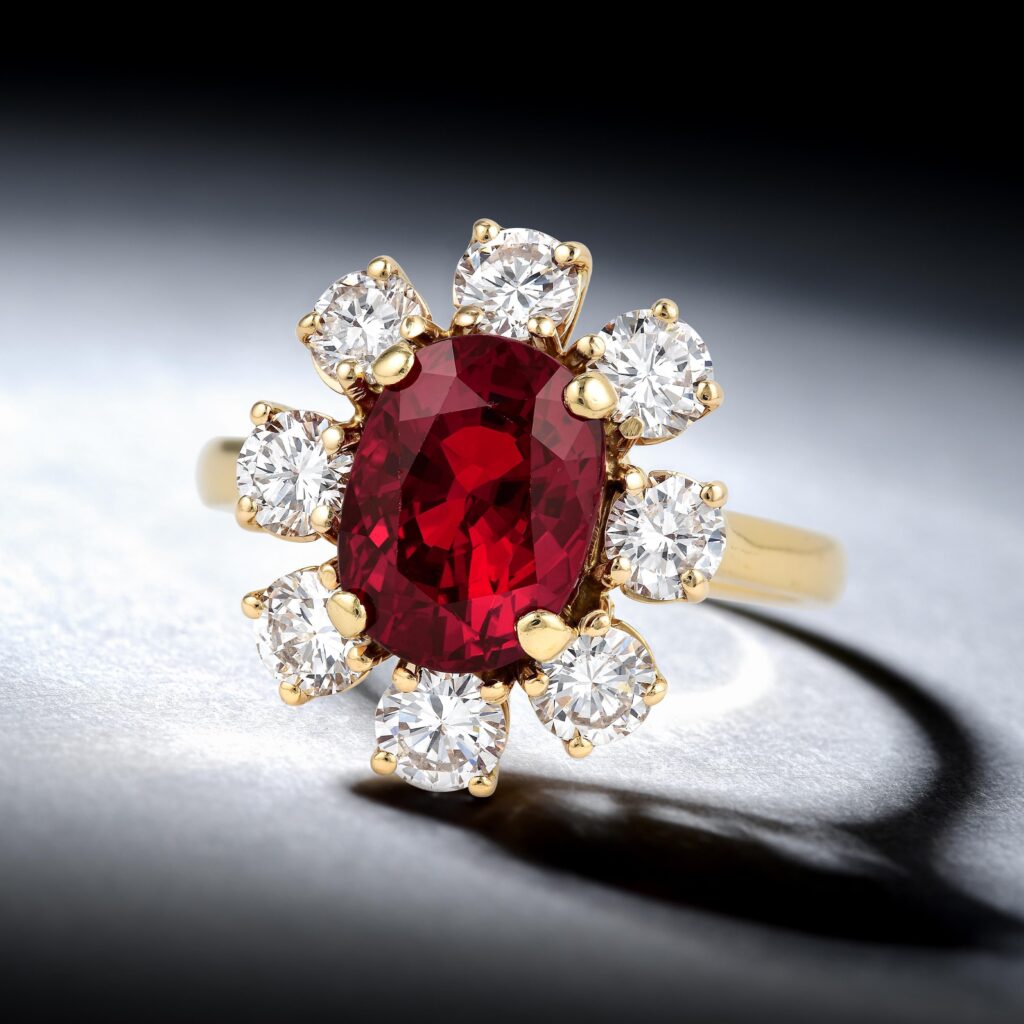
5.16-Carat Fine Ruby & Diamond Ring, achieved $25,000. 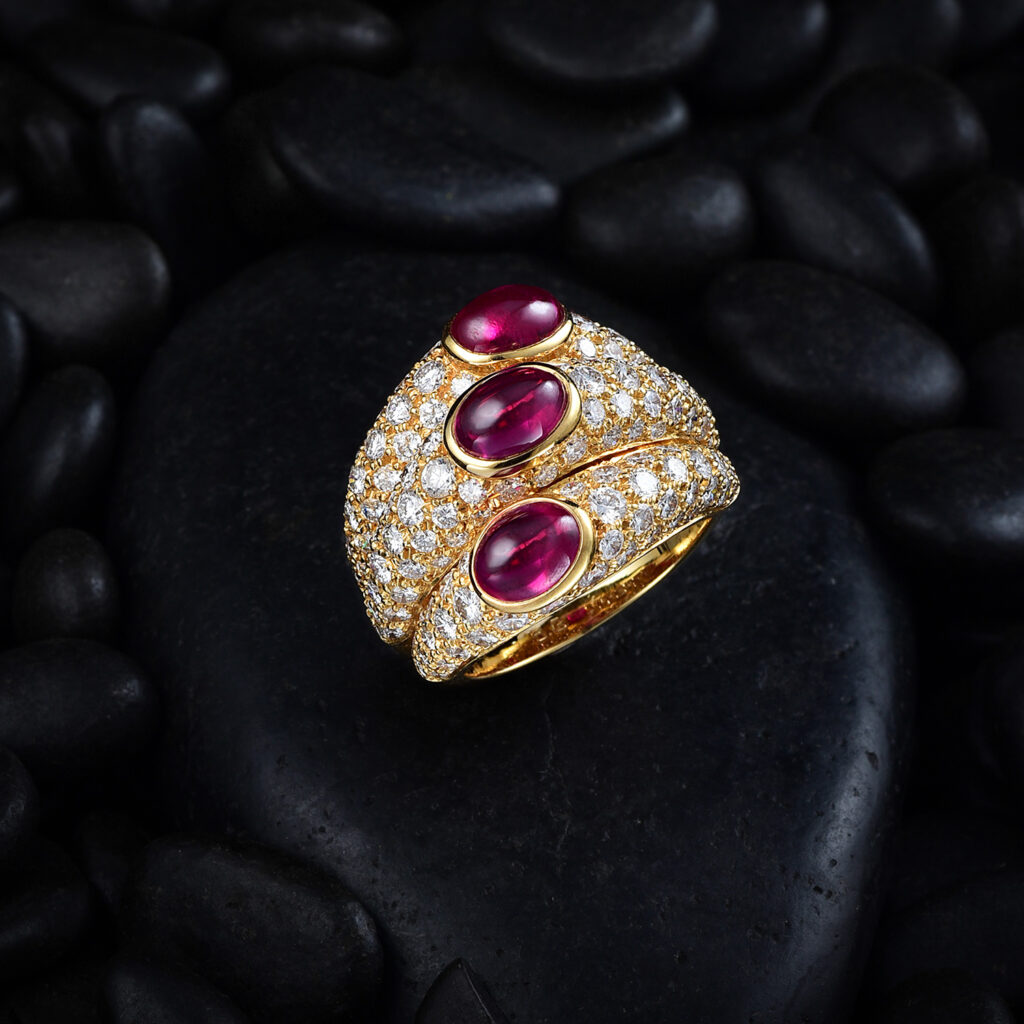
Cartier Ruby & Diamond Ring, achieved $22,500. 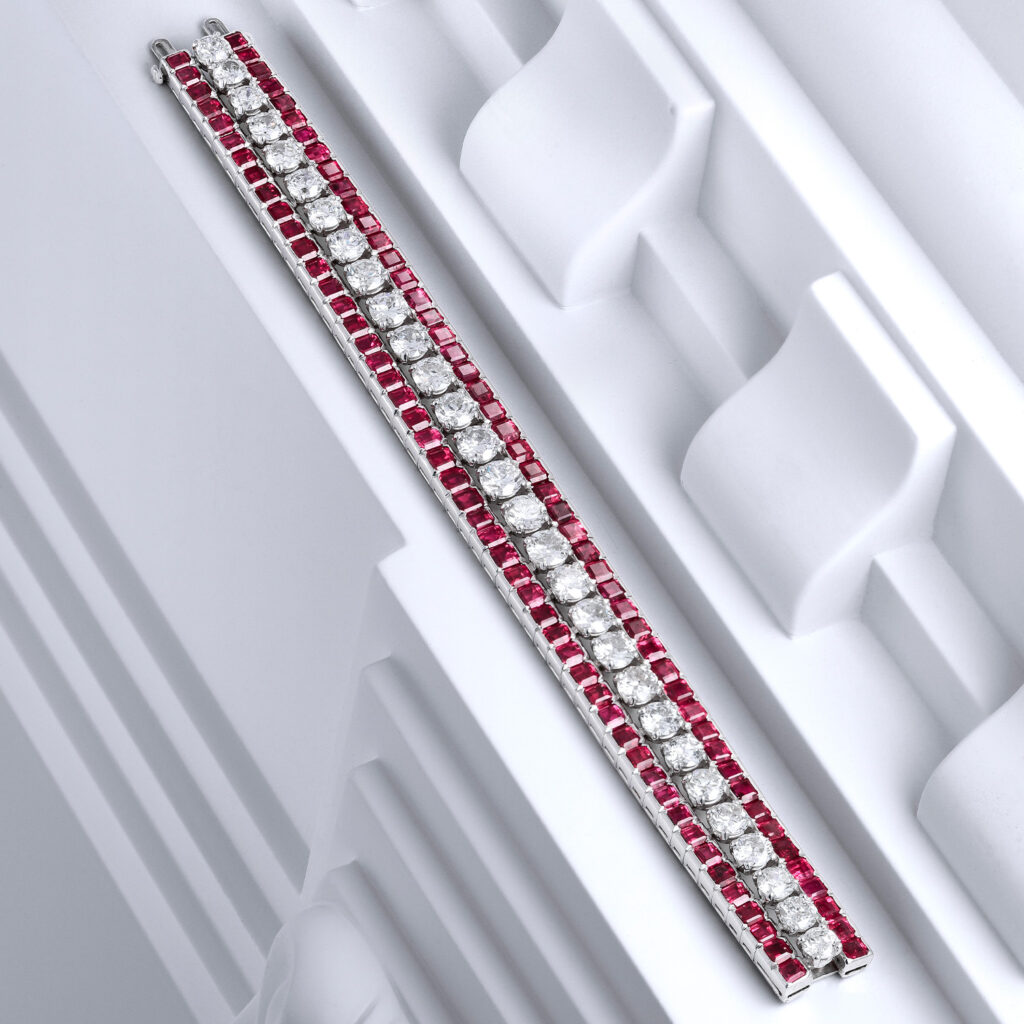
A Platinum Ruby & Diamond Bracelet, achieved $28,125. 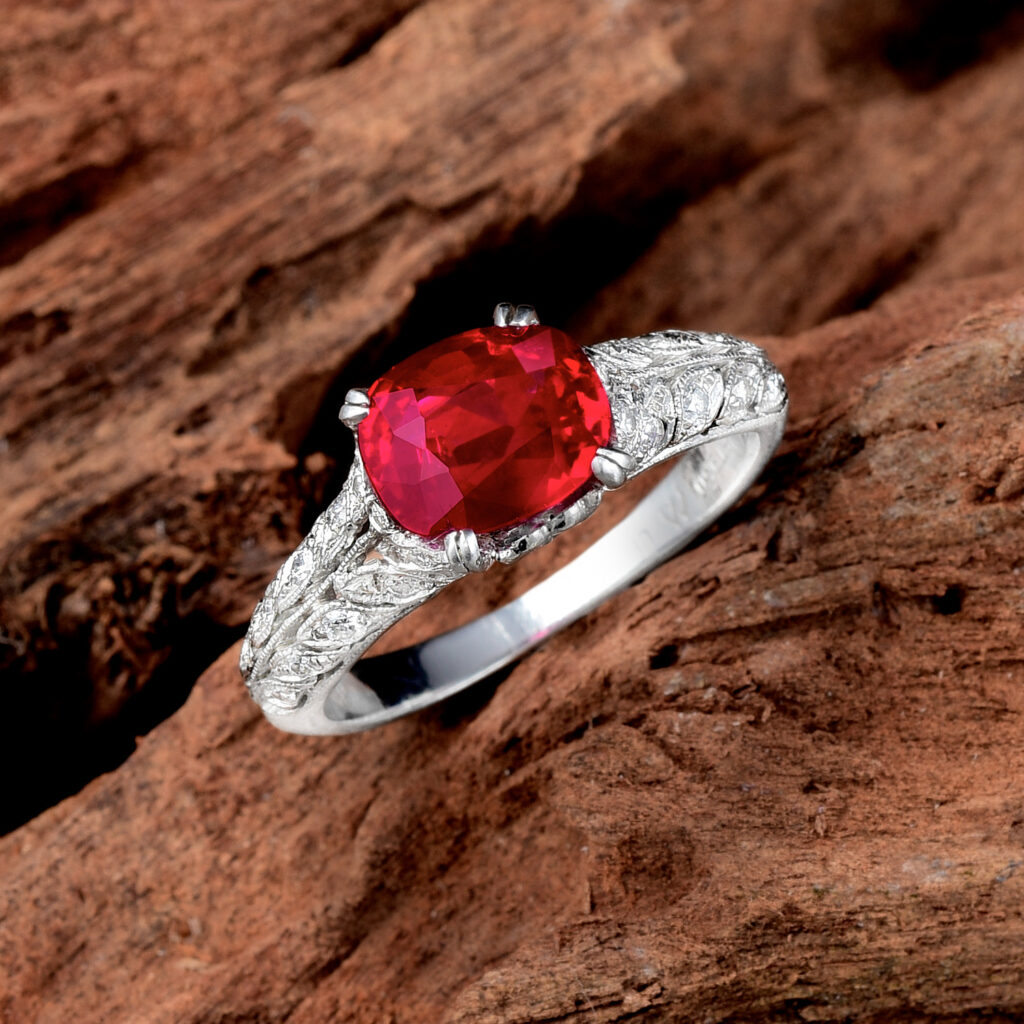
2.34-Carat Unheated Burmese Ruby & Diamond Ring, achieved $48,800.

